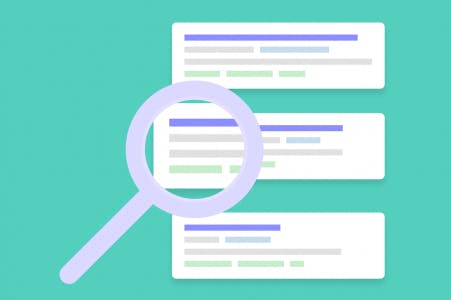As SEOs, we like to see results. We like to look at our analytics software and see uphill climbs – not plateaus or downward spikes.
Veteran SEOs know how to handle the plateaus and downward spikes. Beginners and intermediates, on the other hand, can panic and do what’s called “over-optimization.” Here’s what happens:
A beginner or intermediate SEO is seeing real results with their website. The traffic’s going up consistently, they’re rising in the rankings for multiple keywords… things are going great. All of a sudden, they hit a plateau. Where before their traffic was going up, now it’s staying consistent. And then they get a downward spike.
What does the beginner or intermediate do? They continue to optimize. They change the title tags, they stuff their pages with keywords, they use blog directories or link profiles to get hundreds of “fresh links.”
What they don’t realize is that this is hurting their rankings. Over optimizing will NOT get their traffic to climb upwards. Instead, it will force it to remain stagnant, go down, or in the worst-case scenario, Google will flag their website and de-index it.
In today’s article, we’re going to be talking about what a veteran SEO does when traffic starts to get stagnant. We’re going to talk about how anyone can weather the “plateau storm” and, when the smoke clears, see their traffic rise once again.
You need a content calendar
Maybe the biggest difference between a veteran and a newbie is the content calendar. A content calendar is incredibly important – especially with the latest Panda and Freshness updates.
Google’s made it abundantly clear – they want websites to keep churning out fresh and valuable content. If you’re not doing this on your website, you’re harming your future progress. It’s that simple.
What is a content calendar? Simply put, it’s a schedule for posting content. Some people choose to post content three times a week. Others once a week. A rare handful post once every day.
With a content calendar, you ensure that your content is always fresh and always up-to-date. This is exactly what Google wants websites to do. They don’t want a website to have content that was created five years ago. Google knows that content is likely no longer relevant (unless the site is in an evergreen niche).
So when you see that plateau, DON’T CONTINUE OPTIMIZING. Instead, start creating content on a very consistent basis – and don’t stop!
Go After the Long Tails
As you’ll see, most of what a veteran SEO does has to do with content. With Panda, Google’s shown how much of an emphasis they put on content. Basically, if you’re not creating fresh and valuable content, you’re not sitting at rank #1 on Big G.
A side benefit to creating lots of content is ranking for a lot of long-tail keywords. These are keywords that are more obscure than “main keywords,” but—provided you have enough of them—will still supply your website with a significant volume of traffic.
Too often, newbie SEOs only go after a handful of keywords. They go after their big keywords – the keywords that will give them the most traffic. So they stuff all their content with the same exact keywords, completely neglecting the idea of LSI keywords or long tails. Then they wonder why they can’t even rank for their major keywords.
By going after long tails, you can build your SEO authority up. Eventually, you’ll have enough authority with all your long tails to begin ranking for the major keywords.
Keep Freshness in Mind

Lastly, if you’re in a niche that’s continually updated, you need to keep the new Freshness updates in mind. With the Google Freshness update, Google’s displaying websites at the top that published their content very recently. In some cases, sites at the top of the search engine rankings were published just five minutes before the search happened!
Therefore, it’s absolutely essential you keep up-to-date in your niche. When a big event happens, be the first to write about it! This lands your site on page #1 for a hot keyword and also builds your authority in the eyes of Google.
Want More SEO Tips?
SEO is in a volatile state. We don’t know what’s going to happen next, but we do have a few ideas. If you’d like to hear those ideas, and if you’d like to be updated as soon as Google announces a new update, fill out the form below.
If you prefer social media, head on over to our Facebook page and “like” us!
Lastly, don’t forget to run an on-page SEO analysis using our free tool. Are you afraid of over-optimization? Our tool will let you know whether or not it’s an issue!
If you liked this article, you may also enjoy:
Notable 3.4 Algorithm Changes
2012: The Year the Blog Networks Died
